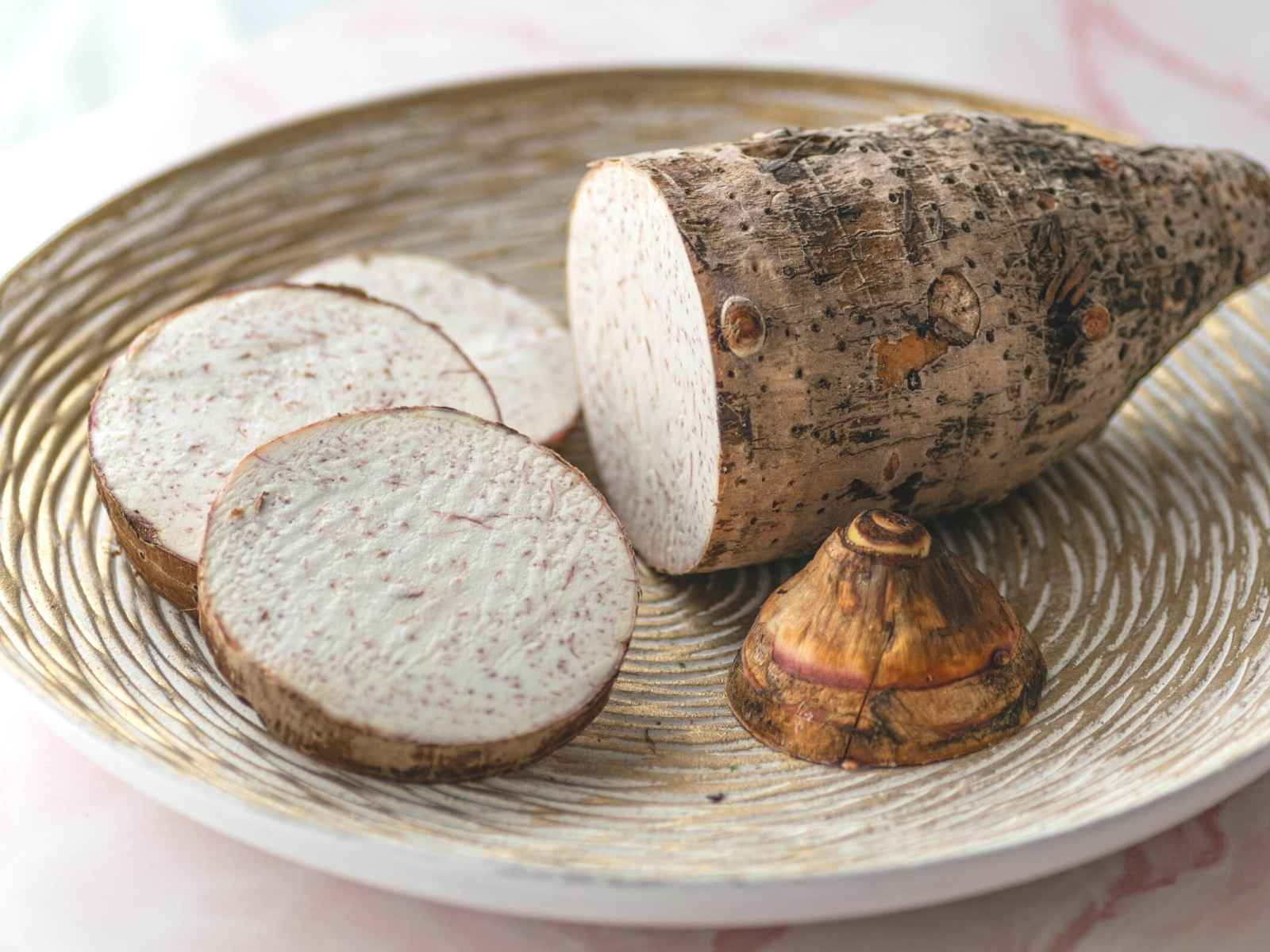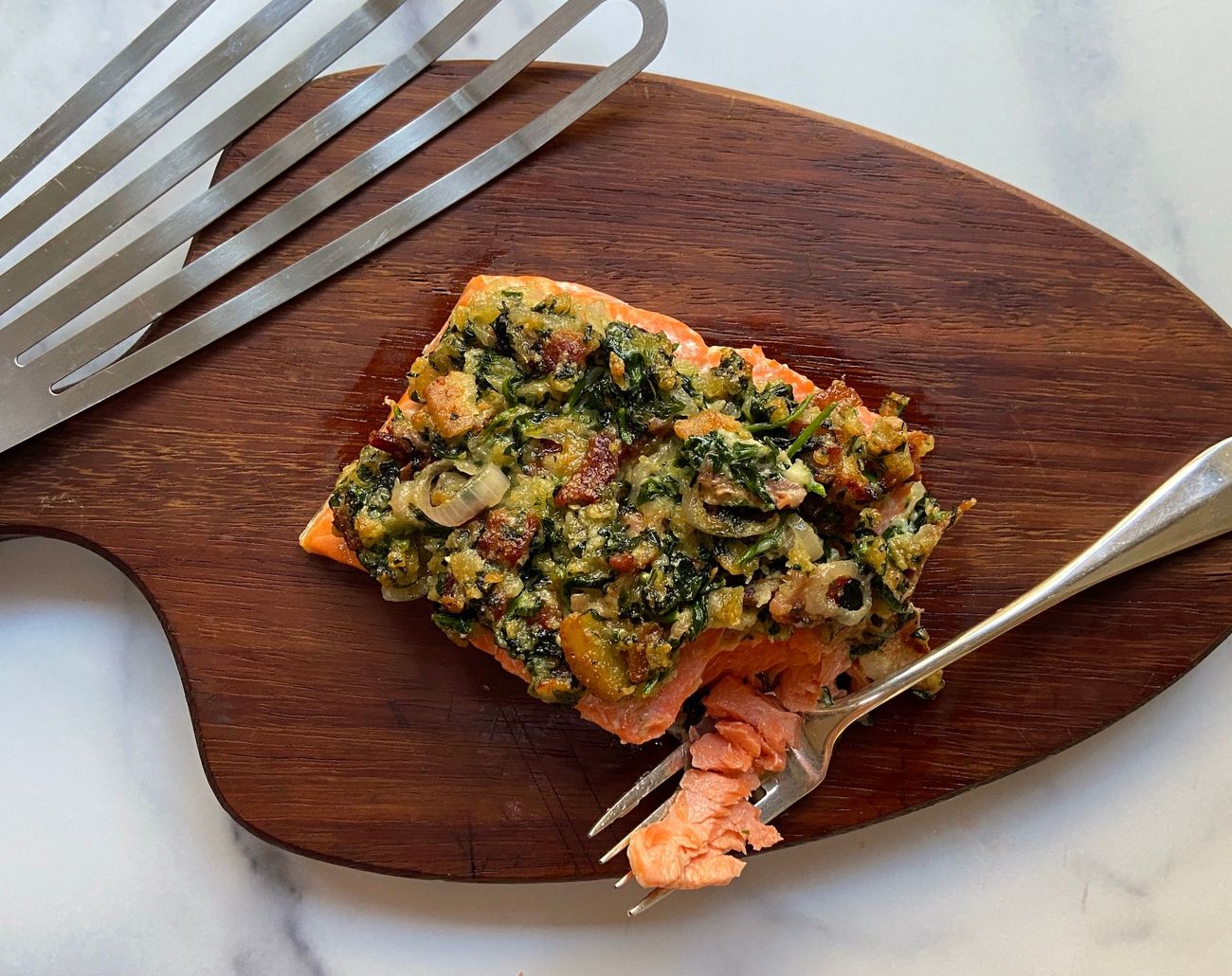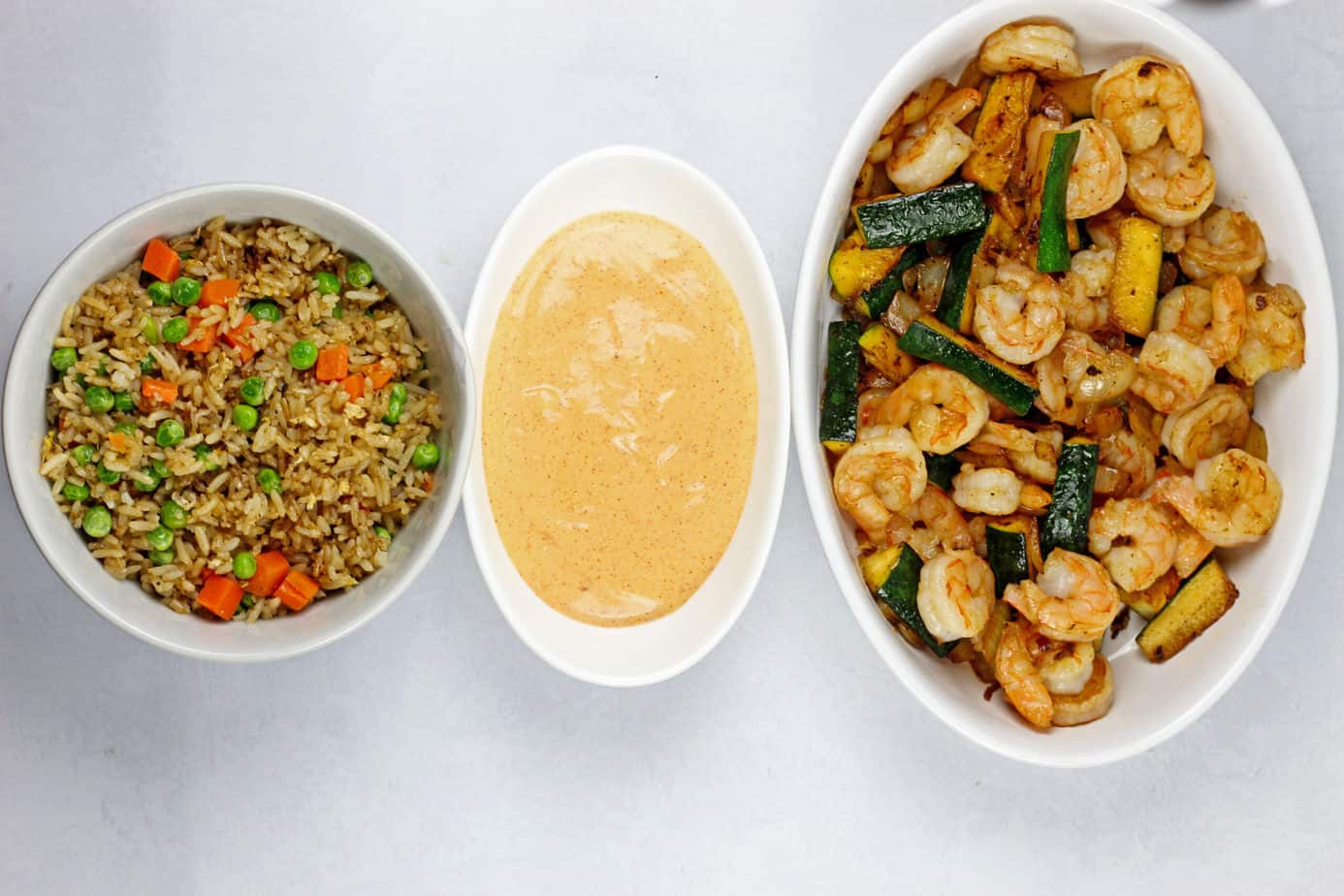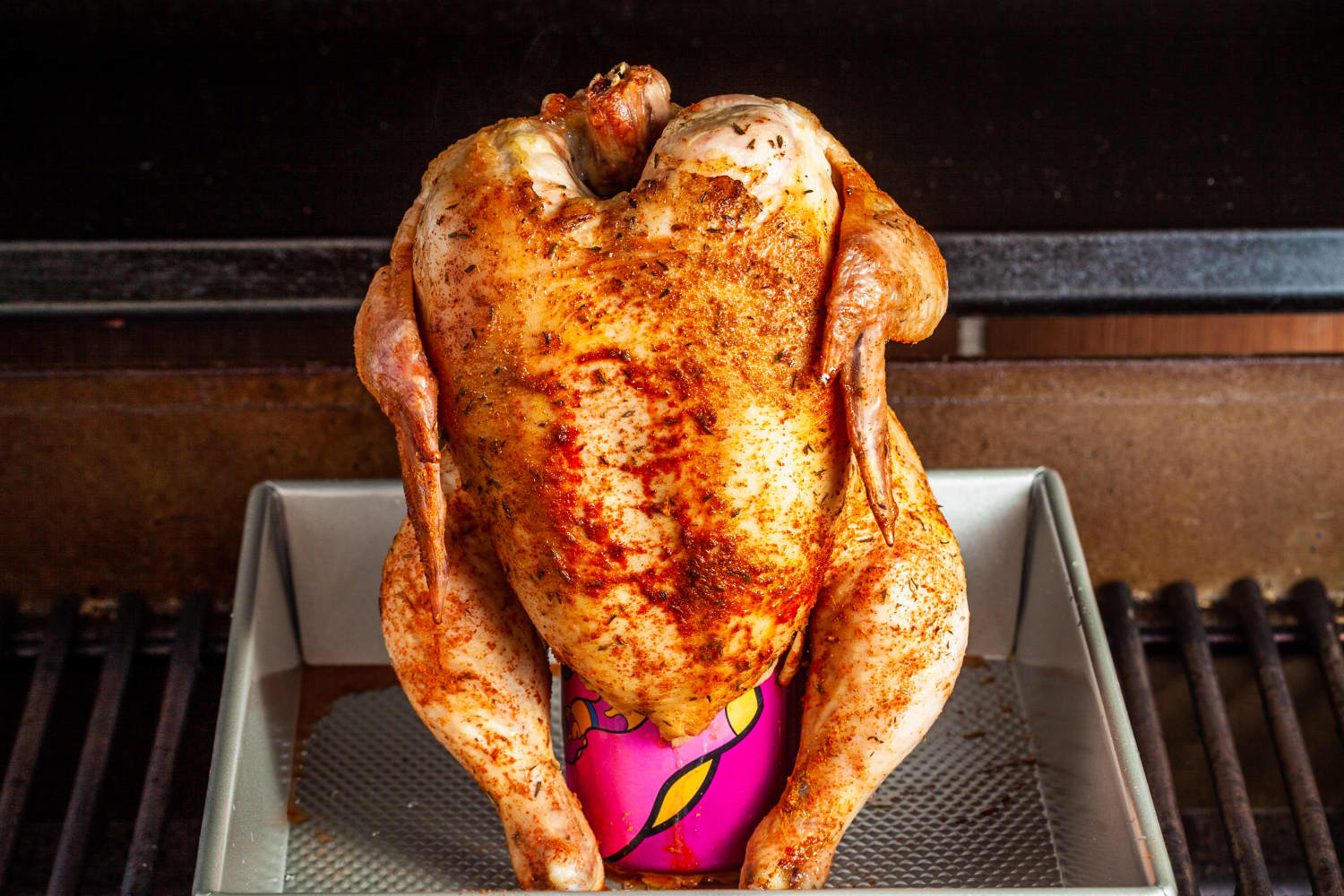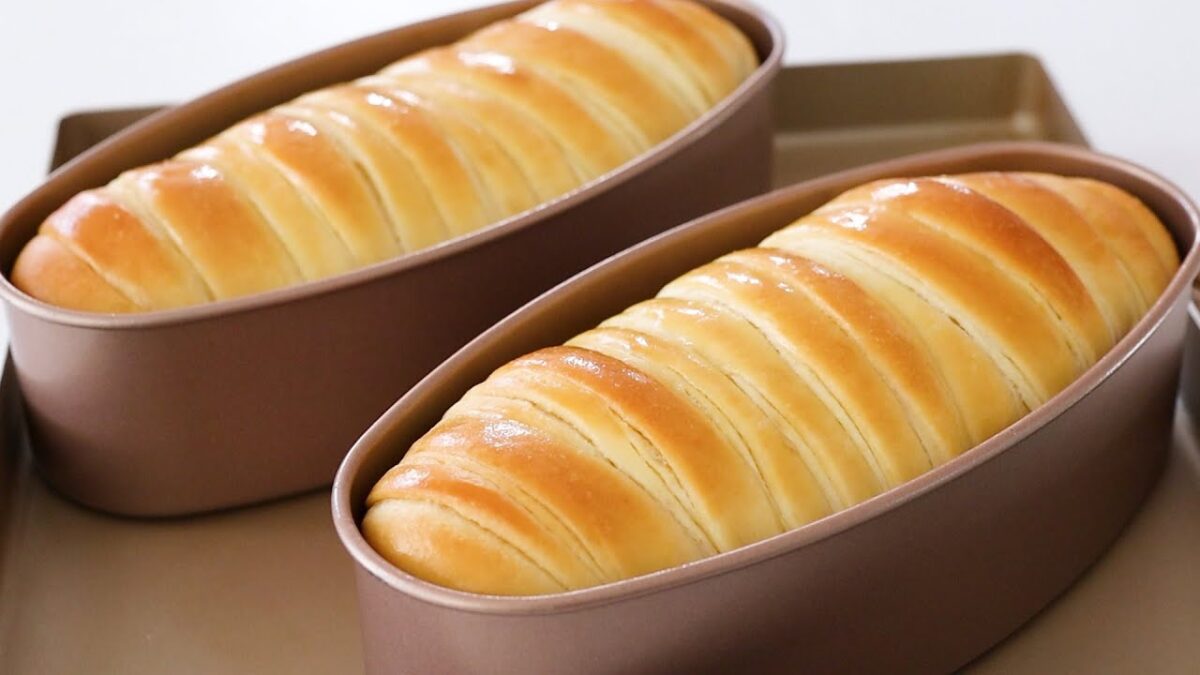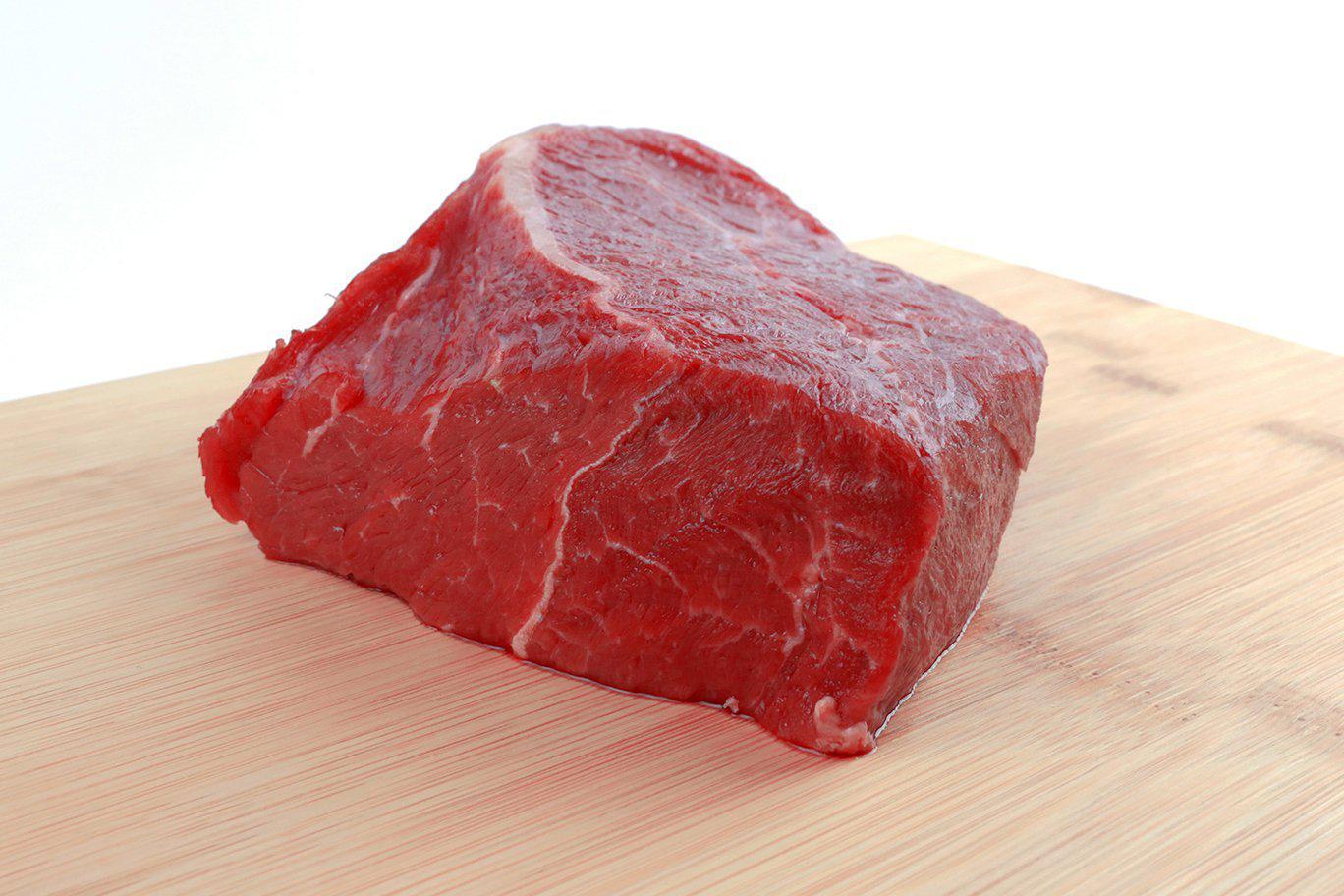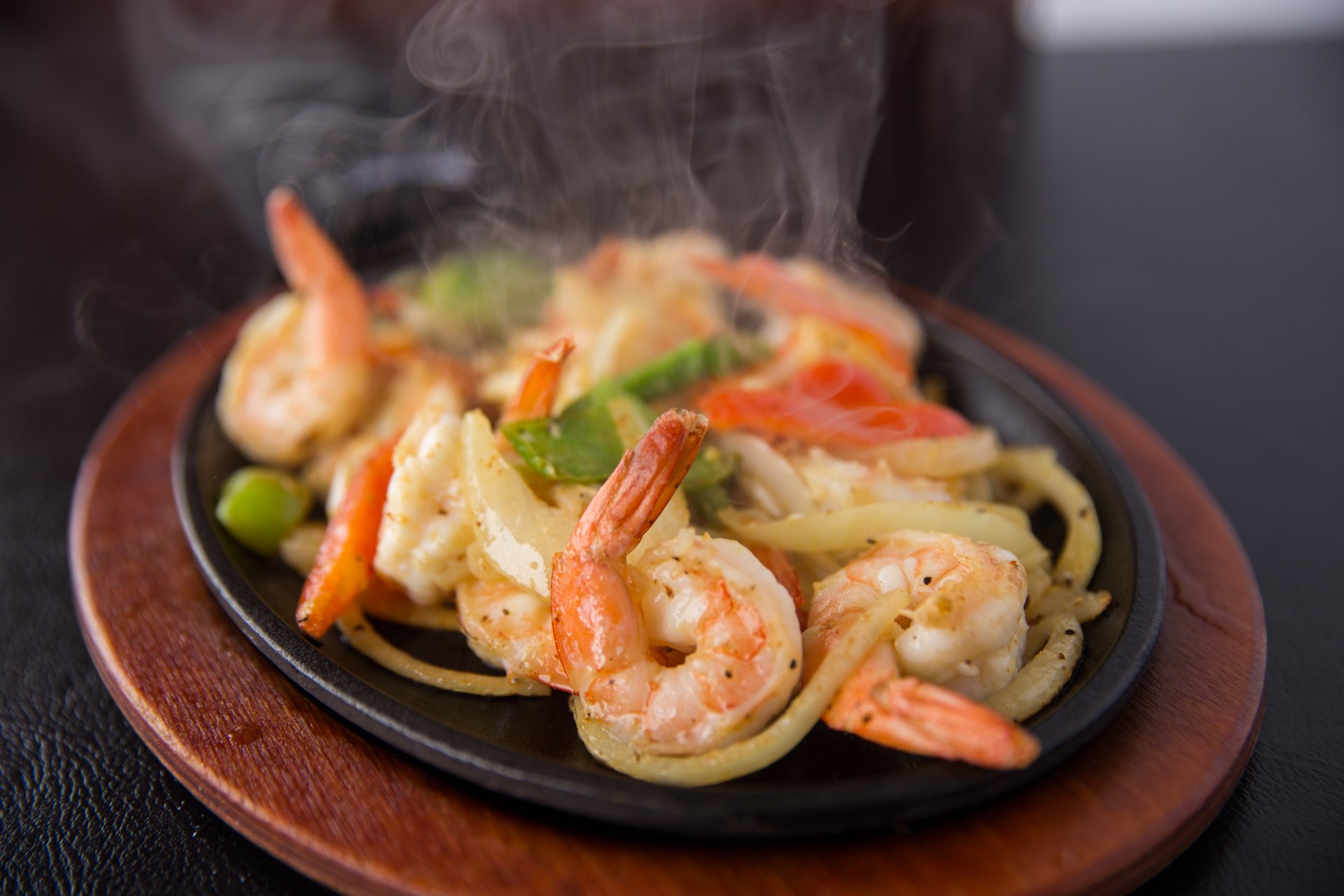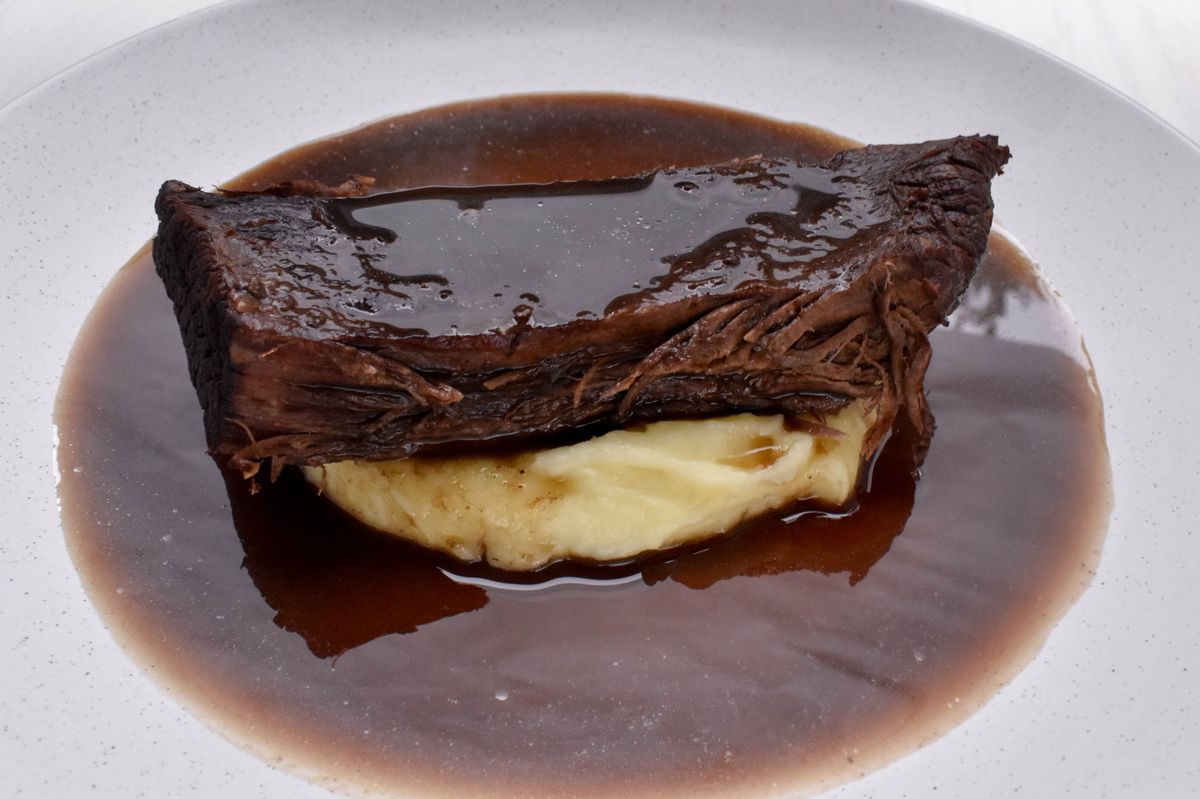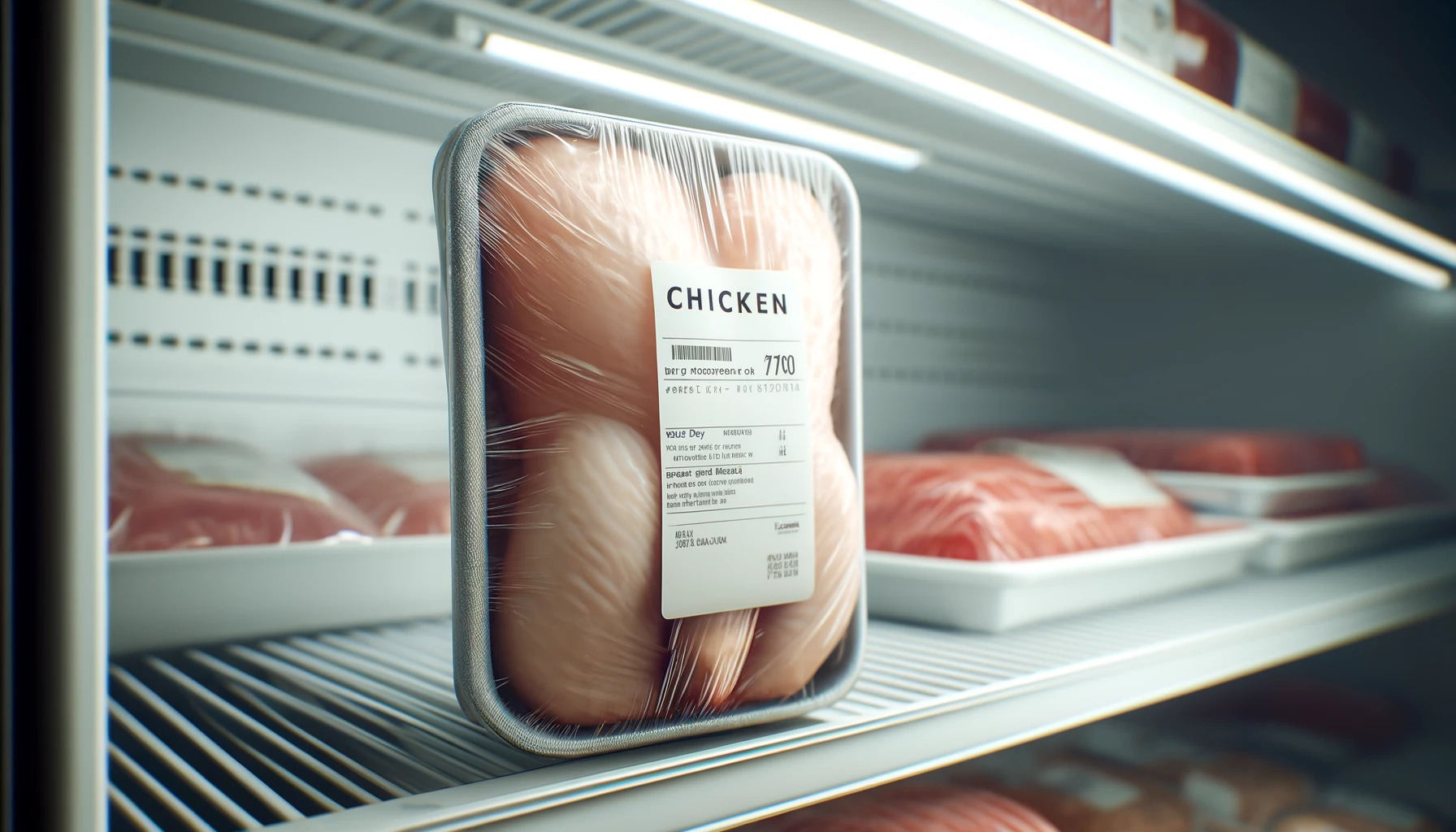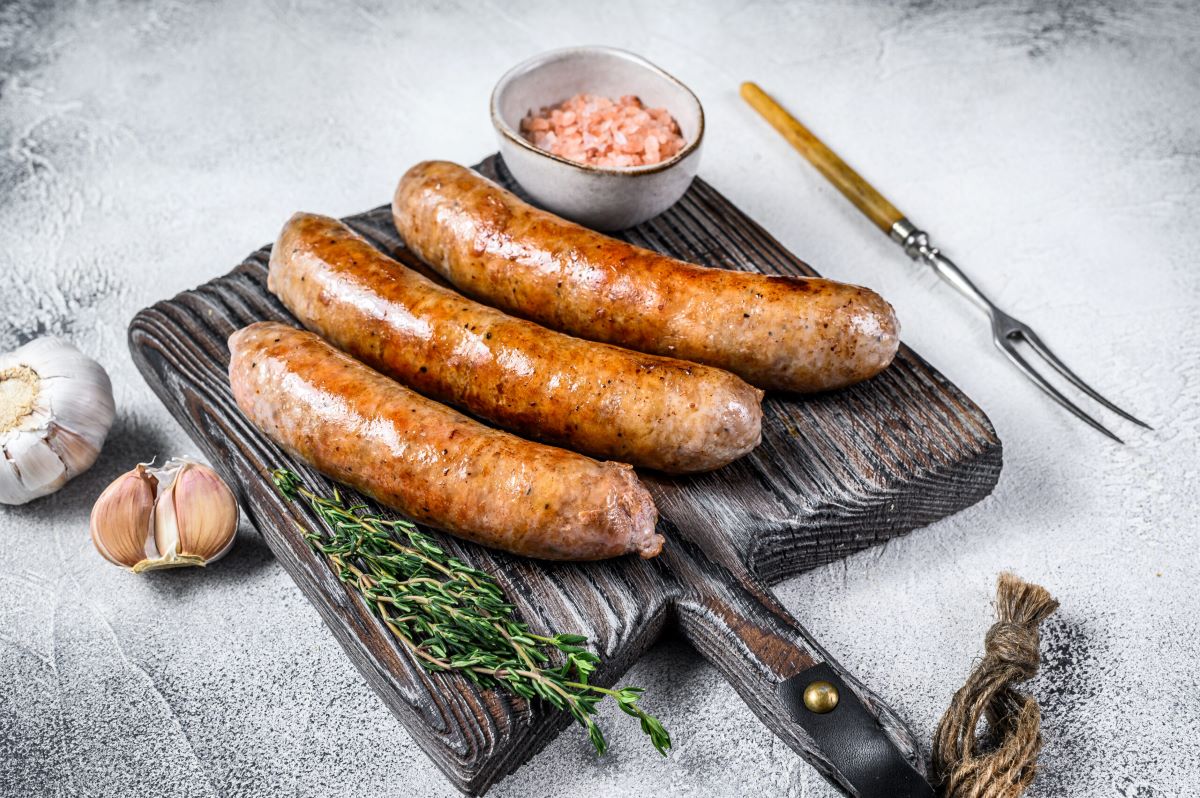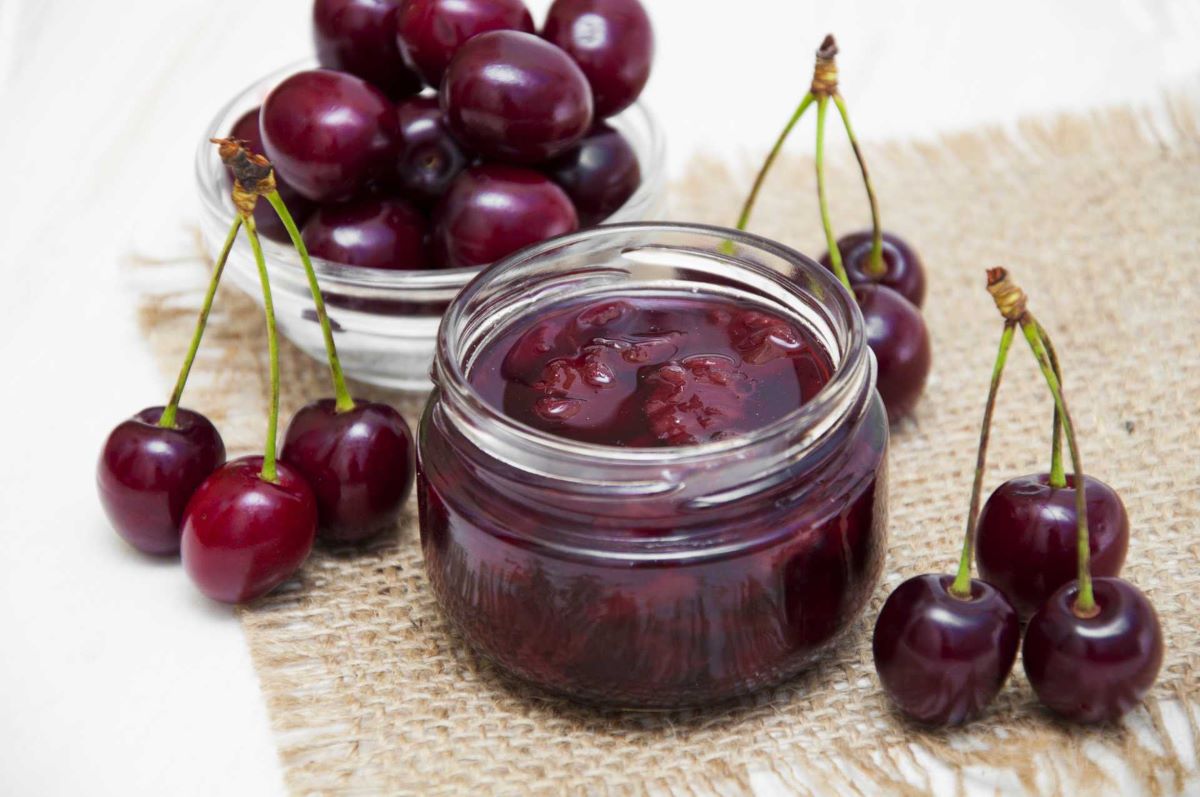When it comes to enhancing the flavor of our favorite dishes, butter spread is a popular choice. But what exactly is butter spread, and how does it differ from traditional butter? Let's dive into the world of butter spread to uncover its origins, uses, and potential benefits.
What is Butter Spread?
Butter spread is a type of spreadable fat that is commonly used as a substitute for traditional butter. It is typically made from a blend of vegetable oils, such as soybean, palm, or canola oil, along with other ingredients such as water, salt, and flavorings. The primary goal of butter spread is to provide a convenient and easily spreadable alternative to solid butter.
How is Butter Spread Made?
The process of making butter spread involves blending the various ingredients together to create a smooth and creamy consistency. Vegetable oils are often used as the base due to their liquid form at room temperature, making them easier to spread compared to solid butter. Additionally, emulsifiers and stabilizers are added to ensure that the ingredients remain well combined and stable throughout the product's shelf life.
Uses of Butter Spread
Butter spread can be used in a variety of ways in the kitchen, making it a versatile ingredient for cooking and baking. Some common uses of butter spread include:
-
Spreading on Bread: One of the most popular uses of butter spread is as a spread for bread, toast, or crackers. Its creamy texture and mild flavor make it a delicious addition to a wide range of baked goods.
-
Cooking and Baking: Butter spread can be used as a substitute for traditional butter in cooking and baking recipes. It can be melted and used for sautéing, frying, or as a base for sauces and dressings.
-
Flavor Enhancement: Butter spread can be infused with various flavors, such as garlic, herbs, or spices, to add a unique taste to dishes.
Benefits of Butter Spread
While traditional butter has been a staple in many kitchens for centuries, butter spread offers some distinct advantages:
-
Spreadability: Unlike solid butter, butter spread is easy to spread straight from the refrigerator, making it convenient for everyday use.
-
Lower Saturated Fat: Butter spread often contains lower levels of saturated fat compared to traditional butter, making it a potentially healthier option for those looking to reduce their saturated fat intake.
-
Versatility: Butter spread's ability to blend seamlessly with other ingredients makes it a versatile choice for a wide range of recipes.
Conclusion
In conclusion, butter spread is a convenient and versatile alternative to traditional butter. Its smooth texture, spreadability, and potential health benefits make it a popular choice for many households. Whether used as a spread, for cooking, or as a flavor enhancer, butter spread has earned its place in the kitchen as a go-to ingredient for adding richness and flavor to a variety of dishes.
